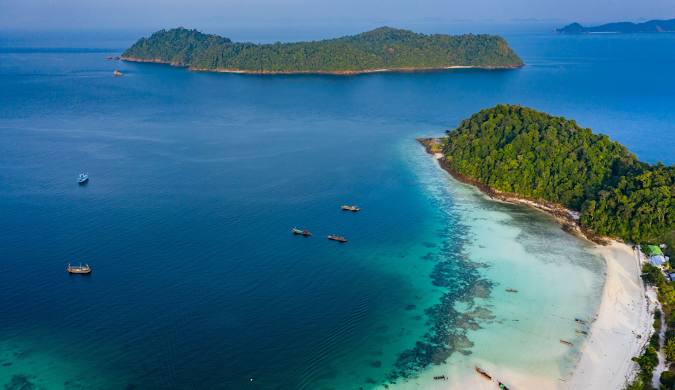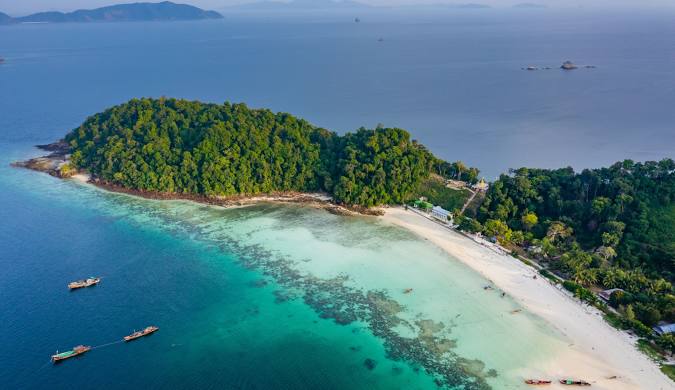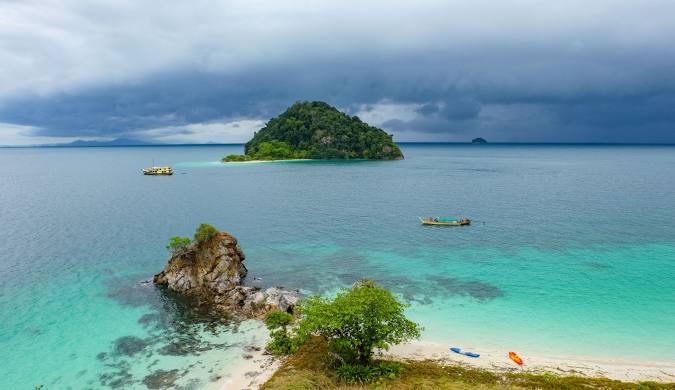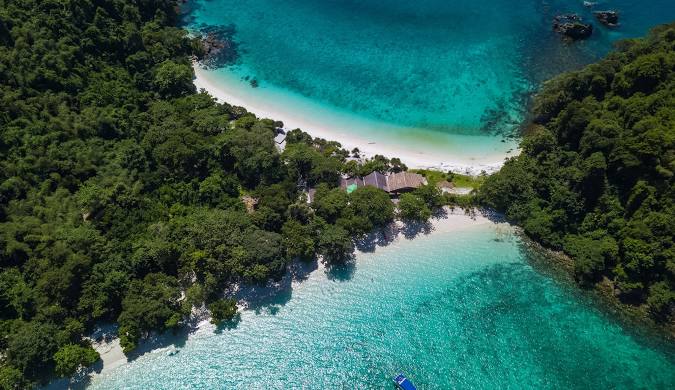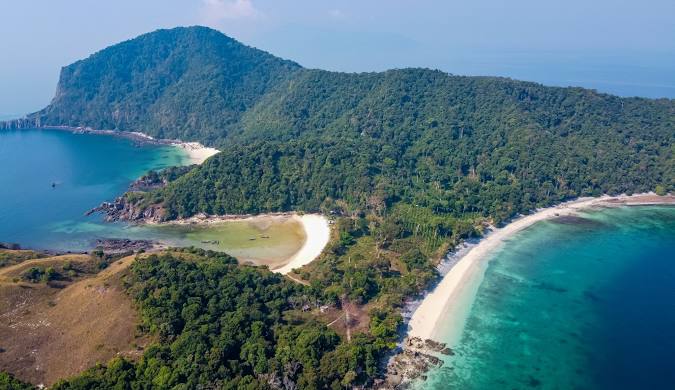- Inle Lake's Floating Gardens: Nestled among the Shan Hills, Inle Lake's floating gardens offer a serene escape. The gardens are built on floating islands made of aquatic plants, where locals cultivate crops in a unique and sustainable way. You can explore the lake by boat, visiting local villages and watching traditional fishing methods.
- The Mysterious Golden Rock (Kyaiktiyo Pagoda): Perched on a precarious boulder, the Golden Rock is a famous pilgrimage site. It is said to be held in place by the Buddha's hair, and pilgrims believe that its balance symbolizes the fragility of life. Visiting this sacred site is a spiritual journey.
- The Secret Caves of Hpa-An: Hpa-An, located in Karen State, is home to a hidden gem—numerous caves adorned with ancient Buddhist murals and statues. The caves of Saddan and Sadan are particularly captivating, offering a surreal atmosphere and a glimpse into Myanmar's rich spiritual heritage.
- The Lost Temples of Bagan’s Lesser-Known Areas: While Bagan's main temples are well-known, many of its hidden corners remain undiscovered. Venture beyond the popular temples like Ananda and Shwezigon to find secluded temples and pagodas, often untouched by tourists, where you can experience the awe-inspiring history in solitude.
- Mount Popa’s Mystical Monasteries: Mount Popa, a dormant volcano, is home to mystical monasteries that rise dramatically from the landscape. These monasteries are sacred to the Burmese, believed to be the home of powerful spirits (Nats). A trek up to the summit provides stunning views and a unique spiritual experience.
- Kyaing Tong: The Heart of the Golden Triangle: Kyaing Tong, located in the far northeast of Myanmar, is a mystical town near the Golden Triangle. Known for its picturesque landscapes, traditional hill tribes, and tranquil environment, it offers a glimpse into the unique cultures of the Shan, Akha, and Lahu people. The area's remote location adds to its charm, making it an untouched gem for adventurous travelers.
- Mergui Archipelago: Myanmar's Hidden Paradise: The Mergui Archipelago, a collection of over 800 islands off Myanmar’s southern coast, remains largely undiscovered. This paradise is perfect for nature lovers, offering pristine beaches, crystal-clear waters, and vibrant marine life. The archipelago is ideal for diving, snorkeling, and exploring the traditional life of the Moken sea gypsies.
- The Pristine Beaches of Ngapali: Myanmar's coastal beauty is often overshadowed by its historical and cultural sites. However, the serene and untouched beaches of Ngapali provide the perfect getaway. With its crystal-clear waters and peaceful atmosphere, it’s the ideal spot to unwind.
- The Enigmatic Cave Paintings of Pindaya: The Pindaya Caves in Shan State are home to thousands of Buddhist images and thousands-year-old cave paintings. The caves, located near a tranquil lake, offer a fascinating blend of ancient art and religious history. It’s a place where nature and culture converge.
Mergui Archipelago (မြိတ်ကျွန်းစု)
Archipelago in Asia
About
The Mergui Archipelago (also Myeik Archipelago or Myeik Kyunzu; Burmese: မြိတ်ကျွန်းစု) is located in far southern Myanmar (Burma) and is part of the Tanintharyi Region. It consists of more than 800 islands, varying in size from very small to hundreds of square kilometres, all lying in the Andaman Sea off the western shore of the Malay Peninsula near its landward (northern) end where it joins the rest of Indochina. They are occasionally referred to as the Pashu Islands because the Malay inhabitants are locally called Pashu.
Enviroments
Geologically, the islands are characterized mainly by limestone and granite. They are generally covered with thick tropical growth, including rainforest, and their shorelines are punctuated by beaches, rocky headlands, and in some places, mangrove swamps. Offshore are extensive coral reefs.The archipelago's virtual isolation from most of mankind's influence on the natural environment has given the islands and the surrounding waters of the Andaman Sea a great diversity of flora and fauna, contributing to the region's growing popularity as a diving destination, representing endangered megafaunas such as whale sharks and dugongs.[1] The area is also important for migrating cetaceans[2][3] and the "Whale Bay" in the east of Kanmaw Kyun was named historical presences of large number of whales.[4][5] Such variety includes resident population of Bryde's whales, occasional blue whales, longman's beaked whales, strap-toothed whales, and killer whales,[6] dolphins, finless porpoises, and Irrawaddy dolphins. On the islands themselves, various animals thrive, including deer, monkeys, tropical birds including hornbills, and wild swine. There are even unconfirmed reports of Sumatran rhinoceros on Lanbi, one of the bigger islands, but this has been widely discredited. River on Lanbi Kyun Environmental threats to the region include overfishing and also blast fishing.
The largest and highest island is Kadan Kyun at 767 metres [7] across the inland channel from Myeik. Other important islands are:
